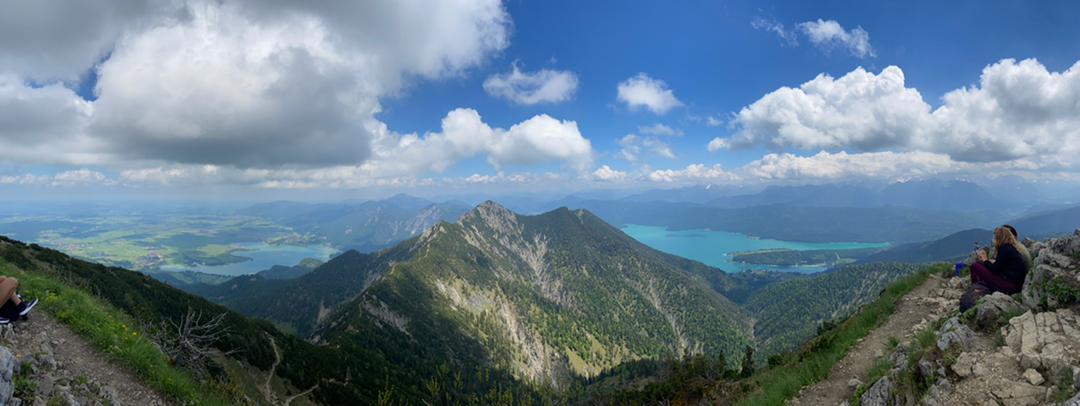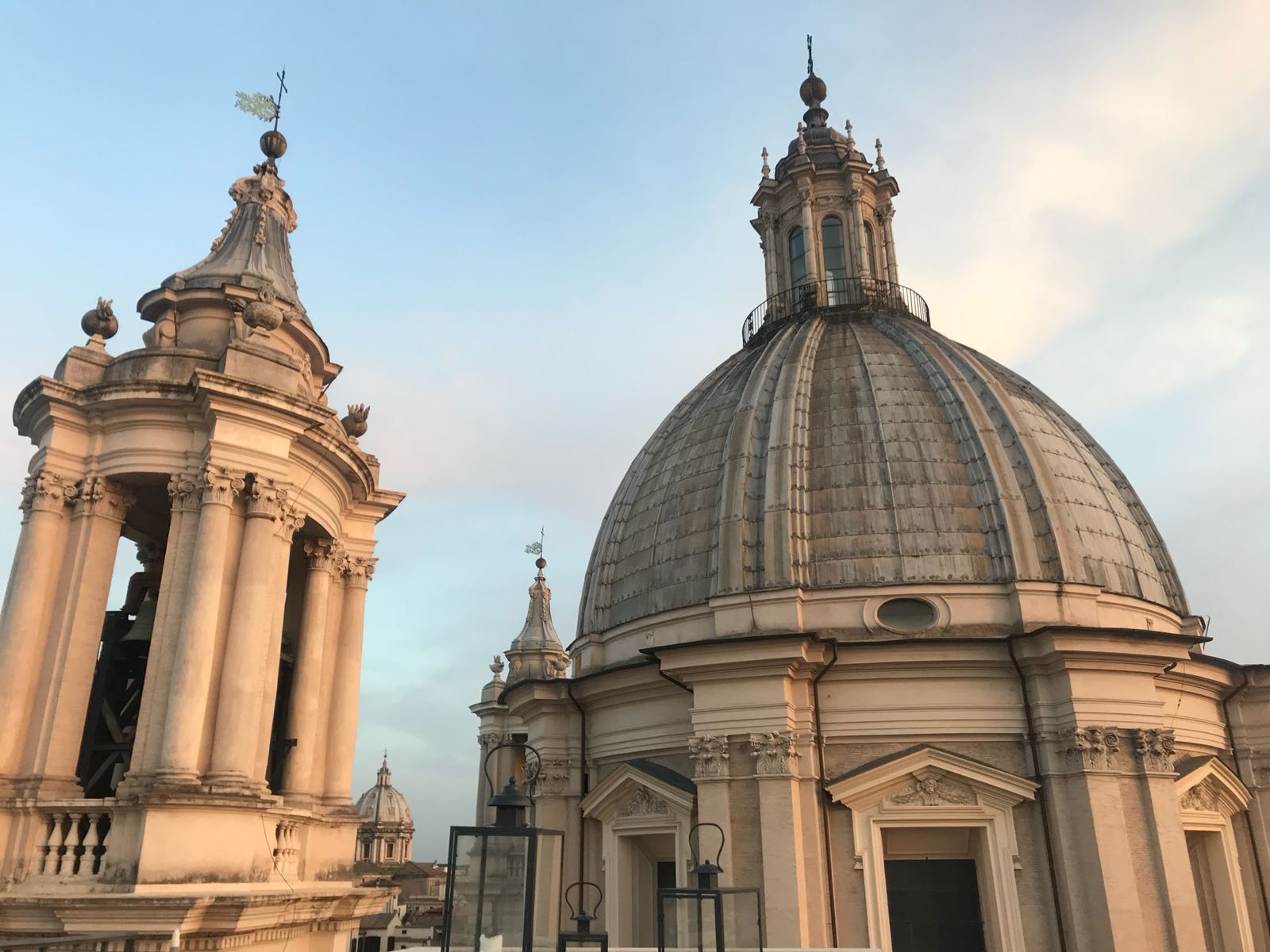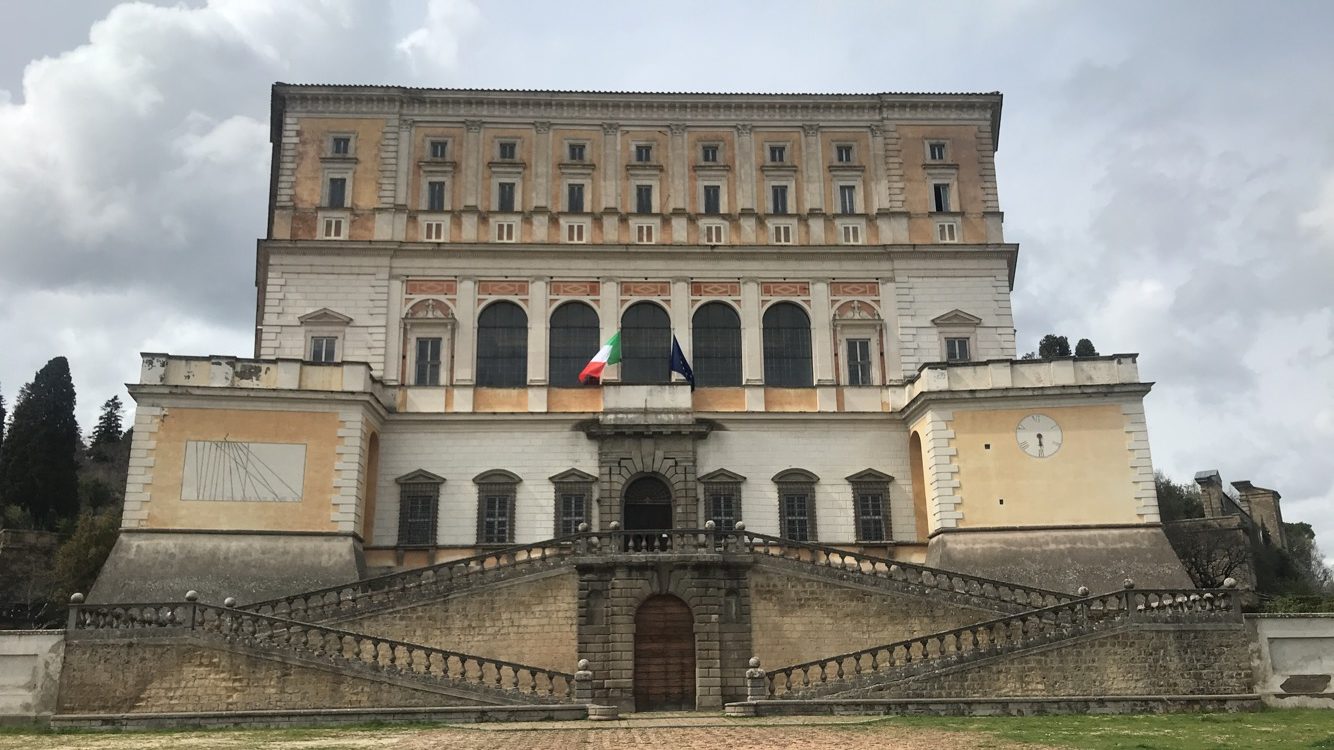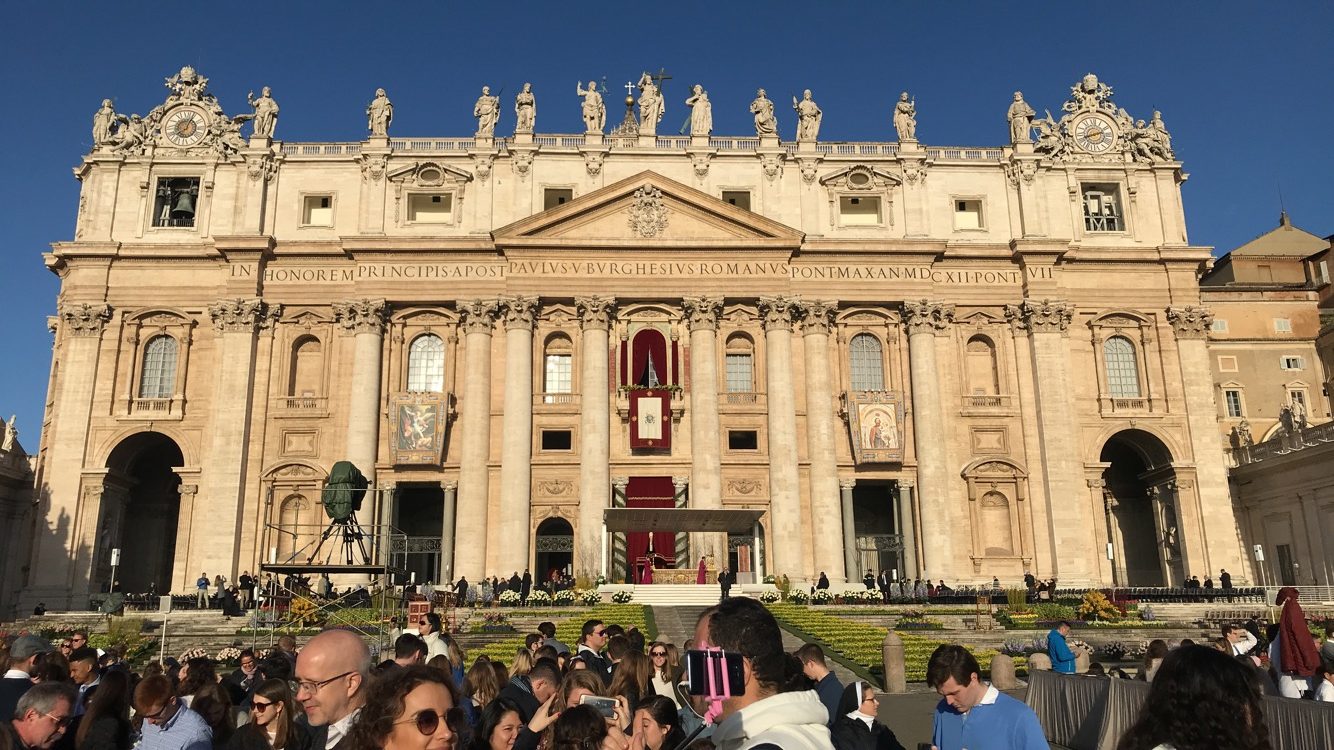
The interior of the Rathaus, or Town Hall (also pictured above), has beautiful vaulting.

Inside the Rathaus' courtyard stands an elaborate fountain. The central statue is of Hygeia, the goddess of good health, as the fountain was dedicated right after an epidemic had ended. The sculptures surrounding her are symbolic of Hamburg's trading and merchant reputation.

The lion knocker on the door to St. Peter's Church was used as a legal agreement. Two people who needed to settle a legal agreement would hold on to the ring and state the terms of the agreement. If one of them disagreed, he would let go of the ring. If they both held on because the agreed, the agreement was official because it was done under the eyes of lion, and more importantly, under the eyes of God. It and its pair on the other door are the oldest public pieces of art in Hamburg, dating back to 1342. They were fortunately spared from the city's great fire.

This is the Sprinkenhof building in the Kontorhausviertel, the office building district, of Hamburg. The area is known for its interesting, sometimes bizarre, architecture. We were all taken aback by how many windows this building has! And it's not even like Hamburg has a warm climate! In the horizontal strip between windows, you can see little terra cotta ornaments depicting trade and manufacturing motifs. The bricks also create a diamond pattern. This area of the city is a UNESCO World Heritage Site.

The Chilehaus is the most known building in the Kontorhausviertel. Its brick expressionism architecture captured the hearts of Hamburg's citizens.

This is the Speicherstadt, or warehouse district, the largest of its kind in the world. It is appropriately located near the town's port, part of a larger area referred to as the HafenCity quarter. The area is now home to high end apartments, stores, and museums. Like the Kontorhausviertel, the area is a UNESCO World Heritage Site.

Also in the HafenCity is the Elbphilharmonie, the Elbe Philharmonic Concert Hall. It is world renowned for its size and advanced acoustic features. The newer part stands on an old warehouse building and has a panoramic walkway between the two parts. It is the tallest building in Hamburg. Public opinion has fluctuated. The city is proud of the building, but citizen were furious that construction took six extra years and the cost was $548 million over budget! The building now offers free admission to walkway level.

The entry from the Elbphilharmonie's walkway into its elevated lobby

This was our last night together as a large group before Olga, Amali, BriAna, and MG had to leave. We enjoyed walking through the Historic Christmas Market in front of the Rathaus at night and listening to carolers!

The markets are so beautiful lit up at night!

The spire of St. Nikolai is one of the tallest points in modern Hamburg. The majority of the church was destroyed by the bombing of Hamburg during World War II, which the Allies referred to as Operation Gomorrah, a Biblical reference to a town violently destroyed by hellfire. A museum dedicated to the bombing is now open in the church's crypt, and the spire acts as an observation tower.

The crypt of St. Nikolai now houses a museum documenting the church's history and the bombing of Dresden. It also has a section dedicated to a look at the other side of the coin, the bombing of Coventry in England.
Monday began with a walk to the Rathaus, or town hall, to find the meeting point for a walking tour of the city. We explored much of the historic town and saw most of the major monuments—churches, canals, the warehouse district, and the foundations of the original fort. In a previous post, when I talked about visiting the Roman Ghetto, I mentioned the brass cobblestones located outside of the homes of Jewish people persecuted during war; during our tour in Hamburg we discovered that these “Stolpersteine” are the most wide-spread memorial in the world (currently located in 22 countries). The tour ended near the Elbe Philharmonic Hall, which we then entered. The concert hall is one of the most advanced of its kind, took much longer than expected to build, and was almost ten times over budget. The bold modern architectural silhouette of the addition contrast with the warehouse building that supports it. We viewed the entire city from a promenade walkway where the two parts of the building meet.
We then went to one of the city’s most visited tourist attractions, Miniatur Wunderland, a whole museum packed with complex and intricate models of places all over the world. Each room was a different country or region and had moving trains, cars, boats cruising on water, and planes taking off and landing. We eagerly participated in their suggested activity of finding little letters hidden in specific scenes, which, once unscrambled, reveal a message. After straining our eyes we were able to find them all! The entire set-up was incredible, and we had a good time focusing on the detail of the models and hunting for the letters. It reminded me of being home for the holidays since I spend every Christmas Eve searching my uncle’s Christmas train scenes to find the hidden characters! After our fun-hearted stop in the miniature world, we went and another hearty German dinner and wandered through some Christmas Markets at night.
The next morning we had a nice breakfast at a cafe and then walked to St. Nikolai, one of the city’s main churches that was almost completely destroyed in the bombing during World War II. One reason the church was so badly hit during the war was because its spire, the fifth tallest religious structure in the world, acted as a navigation point for the Allied bombers. The codename for the bombing of Hamburg was Operation Gomorrah, a reference to the Biblical cities of Sodom and Gomorrah which were destroyed in fire and brimstone. The fire created from phosphorus bombs couldn’t be extinguished with water, but needed sand to put end to the destruction. After the war, the city decided not to rebuild the church. Now the spire and part of the apse still stand and act as a reminder to the lives lost during the war. A small museum is currently housed in the churches crypt and shares the church’s and the war’s history. The museum and memorial continue to the spire where you can now take an elevator up to an observation deck. After visiting St. Nikolai we explored some other neighborhoods of the city and got lunch at the markets. Then we headed back to the hostel to part ways with MG, Bri, and Amali who were headed to London for the next step of their adventure. Vicki, Jenna, and I remained in the hostel to get some work done before leaving for Cologne, our final stop of our German tour, early the next morning.


















Leave A Comment